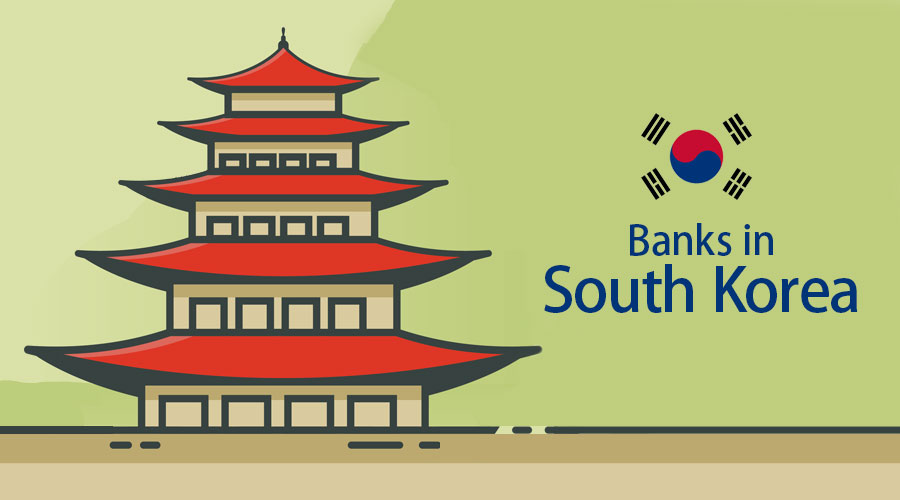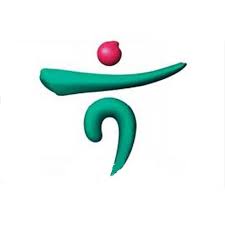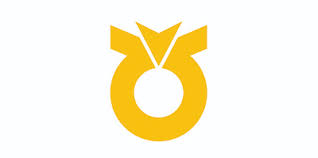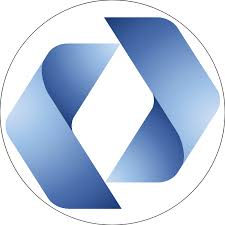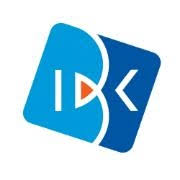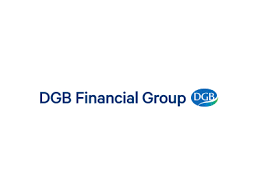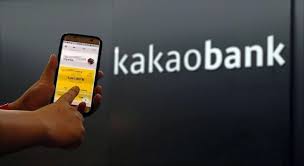Updated July 29, 2023
Overview of Banks in South Korea
South Korea’s financial system mainly consists of banking and non-banking financial institutions, and both are regulated by the Financial Services Commission (FSC) and Financial Supervisory Service (FSS). South Korea’s finances during the 1980s included a diversified commercial banking system, a security market, and secondary financial institutions. The National Bank of Japan opened its branch in South Korea, forming the modern South Korean banking system in late 1878. For South Korean banking sectors, 1997 to 2002 was at the restructuring stage.
Total commercial banks in South Korea are 52 branches, including foreign branches, 5 specialized banks, and 79 mutual saving banks in South Korea. Bank of Korea is the Central Bank of South Korea was established in 1950 with a capital of KRW 1.5 billion. The Bank sets price stability in consultation with the government and implements monetary and credit policies in the country. It also issues banknotes and coins. The entry of foreign capital markets played an important role in Korean banking sectors, which helped them to overcome from insolvent banks to profit-making banks. In December 2017, Moody’s outlook for the Korean banking system changed from negative to stable. The credit profile of Korean banks is expected to remain good for the next 12-18 months.
Top Banks in South Korea
Here is a list of the top 10 Banks in South Korea, which are as follows:
1. Shinhan Financial Group
Shinhan Financial Group (SFG) provides a full range of consumer and commercial banking-related financial services. It also provides services like Securities brokerage, trust banking, and assets management to individuals, businesses, and other financial institutions. The Bank recorded a profit of KRW 3,157 billion in 2018, which is higher than the previous year during the same period. Bank operates through nearly 1,038 branches in South Korea and serves 15 Million customers. The Bank has a presence in over 19 countries, and in 2017 bank won the Asia-money best bank award. Nearly 27,000 employees work in SFG. The Bank ranked 4th among financial firms on the 2018 Global 100 Most Sustainable Corporations in the World list, released at the World Economic Forum in Davos.
2. KB Financial Group
KB Financial Group was established in 2008 by merging Kookmin Bank & Housing, and a commercial bank was founded in 1964 and 1967, respectively. Group is Korea’s leading financial services provider with a broad range of products and services. Under KB Financial Group, 12 subsidiaries are operating. Bank’s presence globally delivers services to clients worldwide and has offices in Europe, Asia, America, and Oceania. KB Financial Group’s net profit decreased to 7.3 % in 2018, which is KRW 3,068 billion. Total assets with the Bank at the end of December 2018 were KRW 479, 601, 3 billion. In December 2018, Bank ranked first in the national customer sat index 12 times for the first time in the banking sector.
3. Hana Financial Group
The group in the Bank, founded in 1971, employs 19,194 people in nearly 1,053 branches, domestically and overseas, today in South Korea. Group provides a comprehensive range of financial products and services to customers in South Korea. Total assets with the Bank as of December 2018 were KRW 385,009 billion, and net Operating income was KRW 7,821 billion, which is comparatively higher than in 2017. The group received the FSS governor award for a third consecutive year for one company and one school financial education initiative.
4. NongHyup Financial Group
NongHyup Financial Group is the merger of the Agricultural Bank and Agricultural Federation. The group’s goal is to strive for Farmer’s happiness and development by providing financial services to them. Group provides diversified financial services with the largest domestic professional network in Korea. In 2018, Groups recorded an all-time high profit, reaching 1.22 trillion won, which is 41.8% higher than the previous year during the same period. Group total assets increased by 7.3% on year to 417 trillion won. Group operates through personal banking, corporate financing, cards, and others and operates through a network of 1,200 branches.
5. Woori Financial Group
Woori Financial Group established itself to contribute to developing the national economy. It is one of the leading commercial banks in South Korea, and the Bank celebrates its 120th anniversary this year. Woori Bank’s profit declined to 13.3 % for Q4 2018 compared to 2017 during the same period due to increased expenses. Operating income declined to KRW 170 billion from KRW 355 billion. The group has total assets worth 18 trillion won. Group offers services like salary, fixed deposit, savings, mortgage loans, policy loans, etc. In 2018 bank won the award for Outstanding Institution for financial customer protection.
6. Korea Development Bank
KDB bank was founded in 1954 as per the Korea Development Bank Act, whose primary goal is to supply and manage significant industrial capital and help to develop the Korean industry and the national economy. Banks offer products and services like Corporate loans, investments in Equity, public or corporate bonds, and guarantees like debt, payment, bond, etc. Total assets with KDB in June 2018 were KRW 216,726.286 billion, lower than in March 2018. KDB operates through 77 domestic and 9 overseas branches with 5 subsidiary offices and 8 representative offices.
7. Industrial Bank of Korea
Industrial Bank of Korea was established in 1961 and offers services in corporate banking, retail banking, global markets, and treasury, corporate and investment banking in South Korea. Bank operates through a network of 630 domestic branches and nearly 18 overseas branches and has 13,000 employees and management of IBK. Total assets with the Bank as of December 2018 were KRW 289,510 billion, and net income was KRW 304 billion, with a profit margin of 17.59%. Bank crossed the 1.3 million in the corporate client number. Bank’s ultimate destination by 2020 is to evolve SME financing centered and become the best-performing SME financing bank in Asia.
8. DGB Financial Group
It is one of the largest regional banks in South Korea, which offers services like deposits, personal loans, business loans, automobile financing, insurance products, asset management, internet banking service, and so on. Total assets with the banks as of December 2018 were KRW 65,041 billion (As per Bloomberg), and net income was KRW 113 billion with a profit margin of 7%. Bank recorded a net profit of KRW 383.5 billion in 2018, which are 26.9% higher than the previous year during the same period.
9. BNK Financial Group
BNK Financial Group (Previously known as BS Financial Group Inc.) was established in 1967 and provides deposit, asset management, investment brokerage, credit finance, mutual saving banking services, and so on. In 2018 groups recorded net profits of KRW 502.1 billion, which are 26.4% highest compared to the previous year during the same period, and total assets with the group Q4 2018 are KRW 119,001.80 billion. BNK operates through a network of 498 branches as of December 2018. Moody’s credit rating is stable as of March 2018 for BNK Financial Group.
10. Kakao Bank
Kakao Bank provides internet-based banking services in South Korea. It offers services like payments and settlements, loans, deposits, customer services, lending, and saving services to Overseas Customers. Kakao Bank operates through its subsidiary of Korea Investment Holdings Co, Ltd. As of January 2018, the Bank’s capital amounted to KRW 800 billion, and it is the only Bank with over 21 million registered users. Despite having enjoyed strong backing in the early month of their debut, Kakao Bank posted KRW 12 billion loss in the first half-year of 2018.
Recommended Articles
This has been a guide to Banks in South Korea. Here we have discussed the top 10 banks in South Korea with their financial structure. You may also look at the following articles to learn more –

